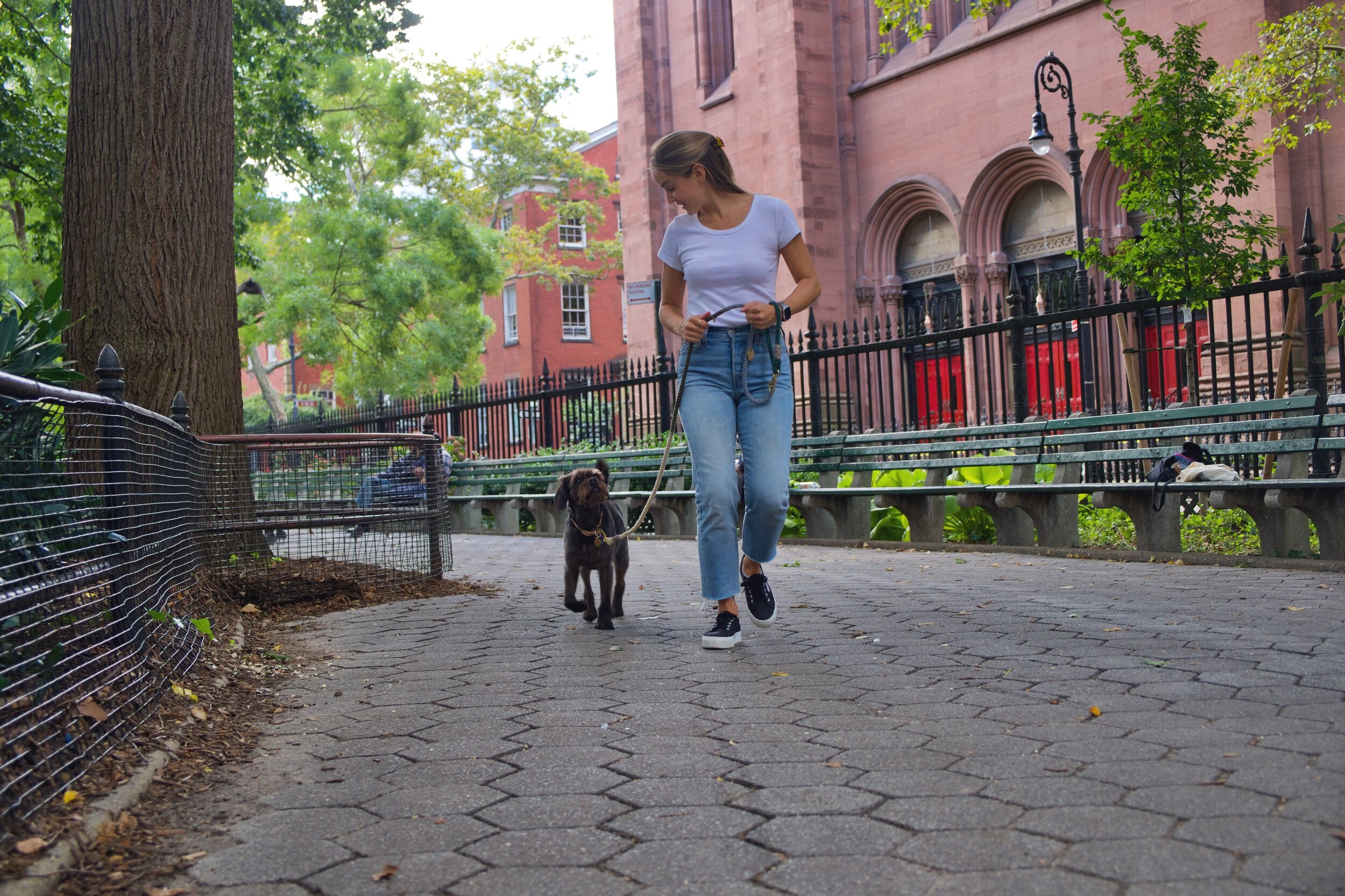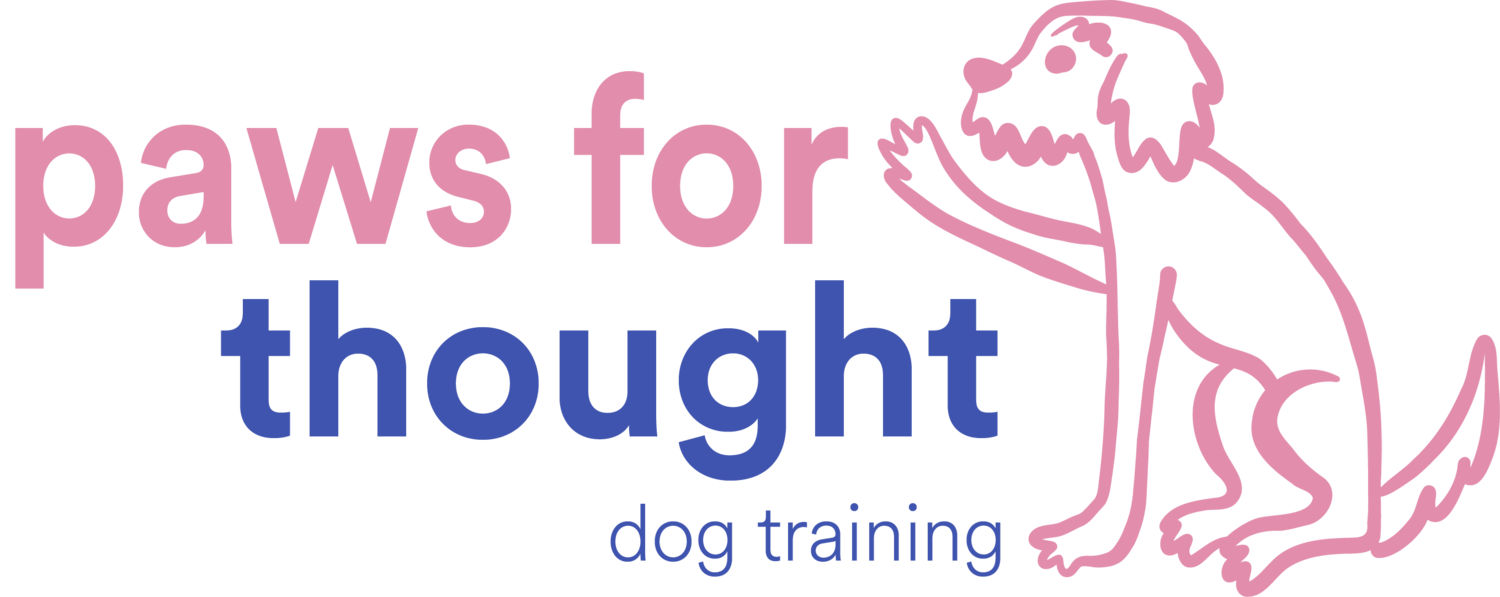
Frequently Asked Questions
FAQS
Find out our answers to commonly asked questions!
-
We use positive reinforcement methods, also known as R+ training, or rewards-based training.
-
In positive reinforcement training, we use things dogs like - treats, toys, play, affection, etc. - to influence their behavior. These are called reinforcers. We can use them to reward a dog for completing a new skill or to help a dog feel more comfortable around things that scare them, plus so much more!
-
Positive reinforcement trainers are committed to using methods that do not involve coercion, force, or punishment. Other trainers who use aversive methods often inflict pain on dogs or make them feel uncomfortable to change their behavior. This is called aversive training, punishment-based training, or balanced training.
Punishment-based trainers may use any of the following tools to inflict pain:
Prong collars
Choke chains
Electronic collars or e-collars
Slip leads
We do not promote the use of any of the above tools.
-
Besides the fact that aversive training relies on the use of pain, there are also a growing number of studies that suggest aversive training can actually have some pretty serious drawbacks. One of the many fallouts of aversive training is the possibility that it worsens your dog’s behavior, especially aggressive behaviors.
Check out this conversation about “Why Punishment-Based Dog Training Doesn’t Work.”
-
Absolutely! All we ask is that you have an open mind about phasing out said tools. We will work with you to help you feel comfortable and ready to make the switch to new equipment.
Some equipment we may suggest instead:
Harness
Martingale collar
Gentle leader
If you’re ready to make the switch now head to our Training Supplies blog post for equipment recommendations.

Have more questions?
Book a FREE consultation call with us!
